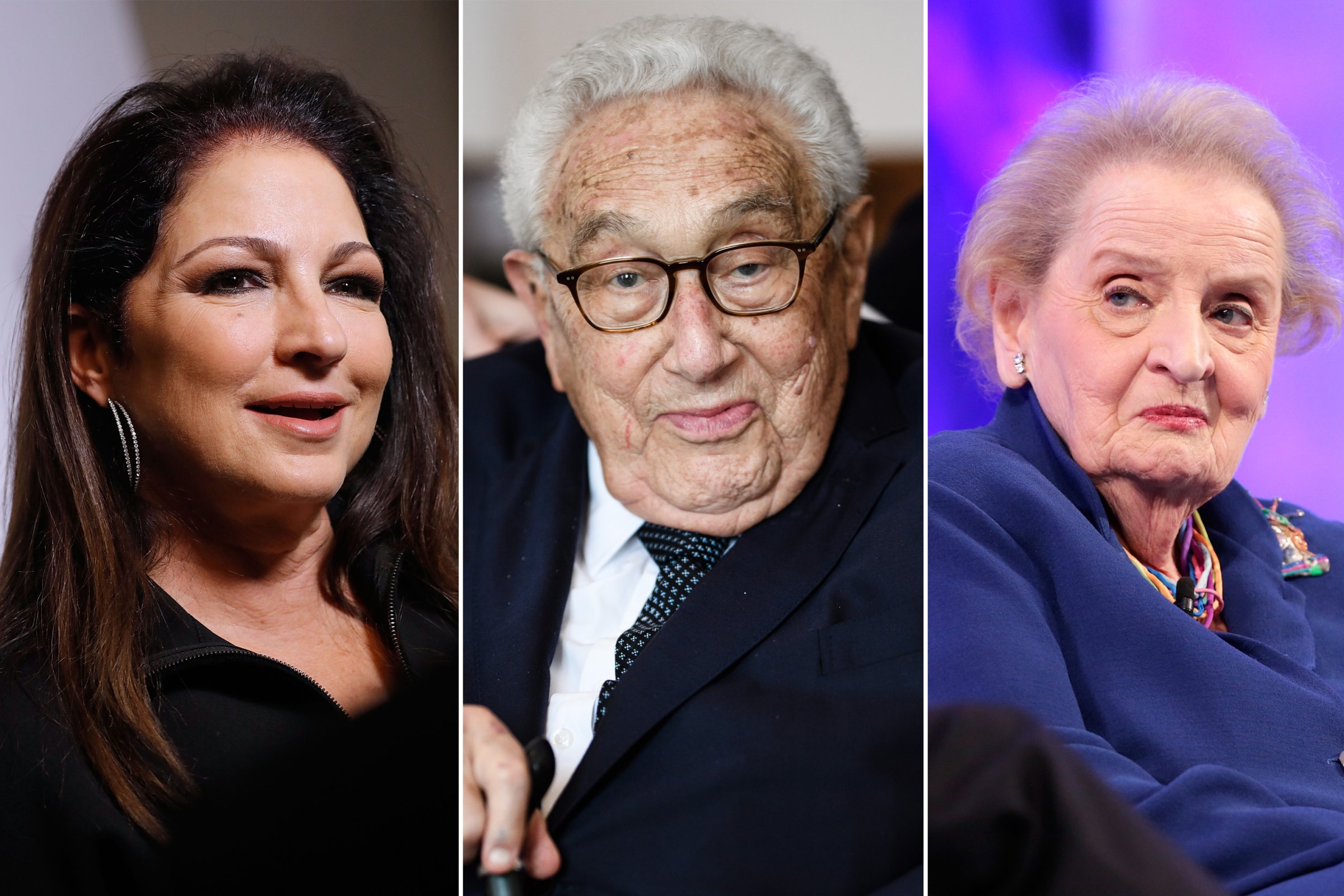
Around the world, people are showing support for the millions of people displaced from their home countries for World Refugee Day, which falls on Thursday, June 20. In 2017, nearly 69 million people have fled their homes to escape violence or persecution, according to the U.N.
Refugees have been coming to the United States for hundred of years, and their cultures, values, and individual contributions have profoundly shaped the nation.
The refugees have come in waves: In the late 19th century, eastern European Jews who fled the pogroms of Poland and Russia streamed across the Atlantic and soon established themselves as an integral part of American society. After Fidel Castro’s forces took power in Cuba in 1959, hundreds of thousands of Cubans fled his communist dictatorship, settling in Florida and remaking the region’s culture. Even the Pilgrims — among the first European settlers in North America in 1620 — could themselves be considered refugees, forced from England by religious persecution.
Many of these refugees and their children have contributed a great deal to American society. For World Refugee Day, TIME is highlighting a few refugees who have had a profound impact on American history.
Madeleine Albright
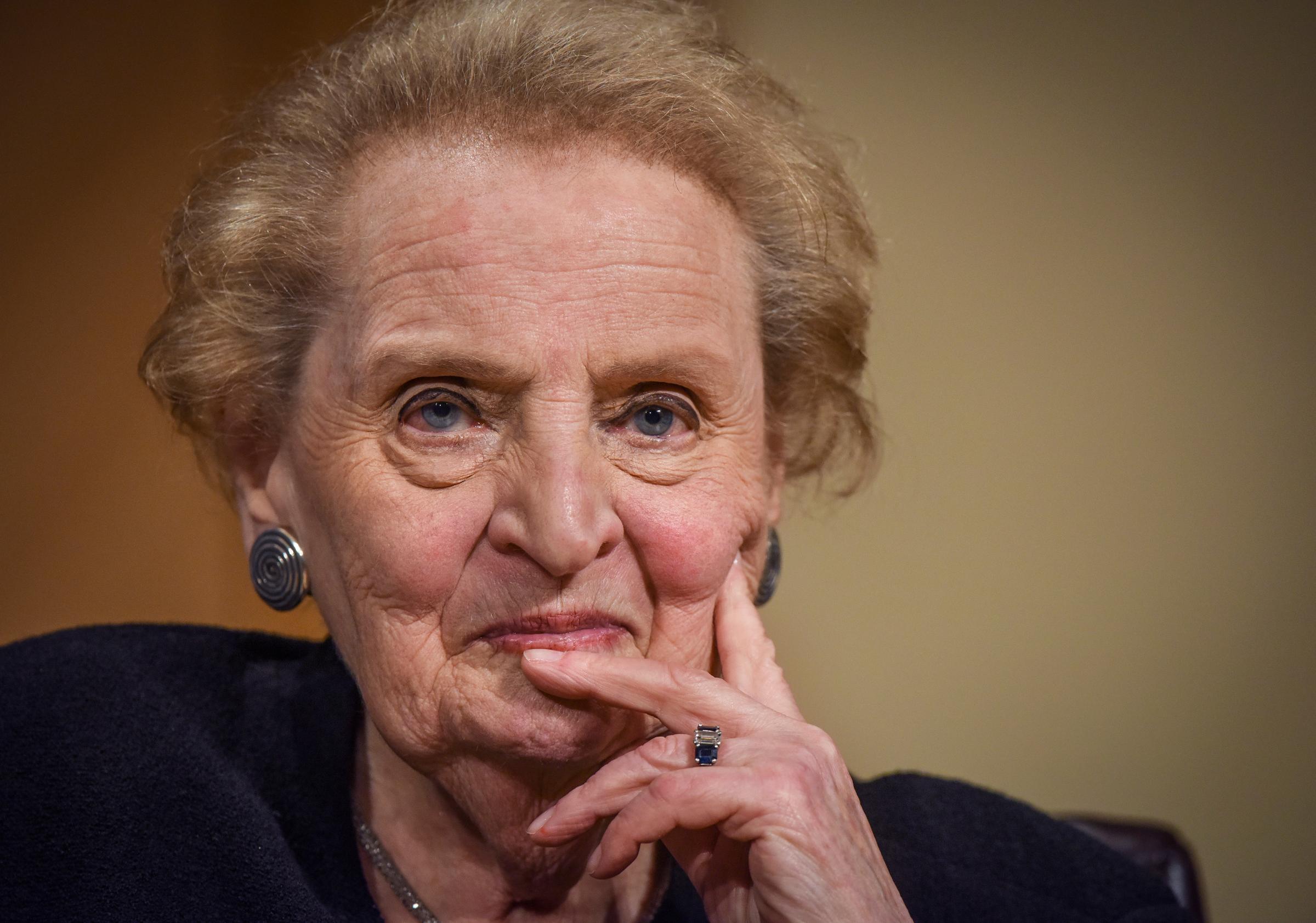
Madeleine Albright, former U.S. ambassador to the United Nations and the first female U.S. Secretary of State, was born in Prague, in what is now the Czech Republic, as the daughter of a Czech diplomat. Though Albright was raised Catholic, she later found out that her parents had converted from Judaism. Her family fled to England when the Nazis invaded Czechoslovakia in 1939. The family returned to Prague after World War II, but a communist coup soon made them refugees again and they traveled to the United States, settling in Denver in 1949.
Albright attended Wellesley College, and went on to get her Ph.D in public law and government from Columbia University. In 1972, Albright became a legislative assistant to Democratic Sen. Edmund Muskie and later worked for the National Security Council during the Carter Administration. During the Regan Administration, Albright worked in various nonprofits and became a professor of international affairs at Georgetown University.
In 1993, Albright became the U.S. ambassador to the United Nations under the Clinton Administration. During her tenure, Albright advocated “assertive multilateralism,” and worked to bolster U.S. leadership in world politics. In 1997, Albright became the 64th Secretary of State — the first woman to ever hold that title — where she distinguished herself as a fierce advocate for democracy and human rights. She left government service in 2001.
Dith Pran
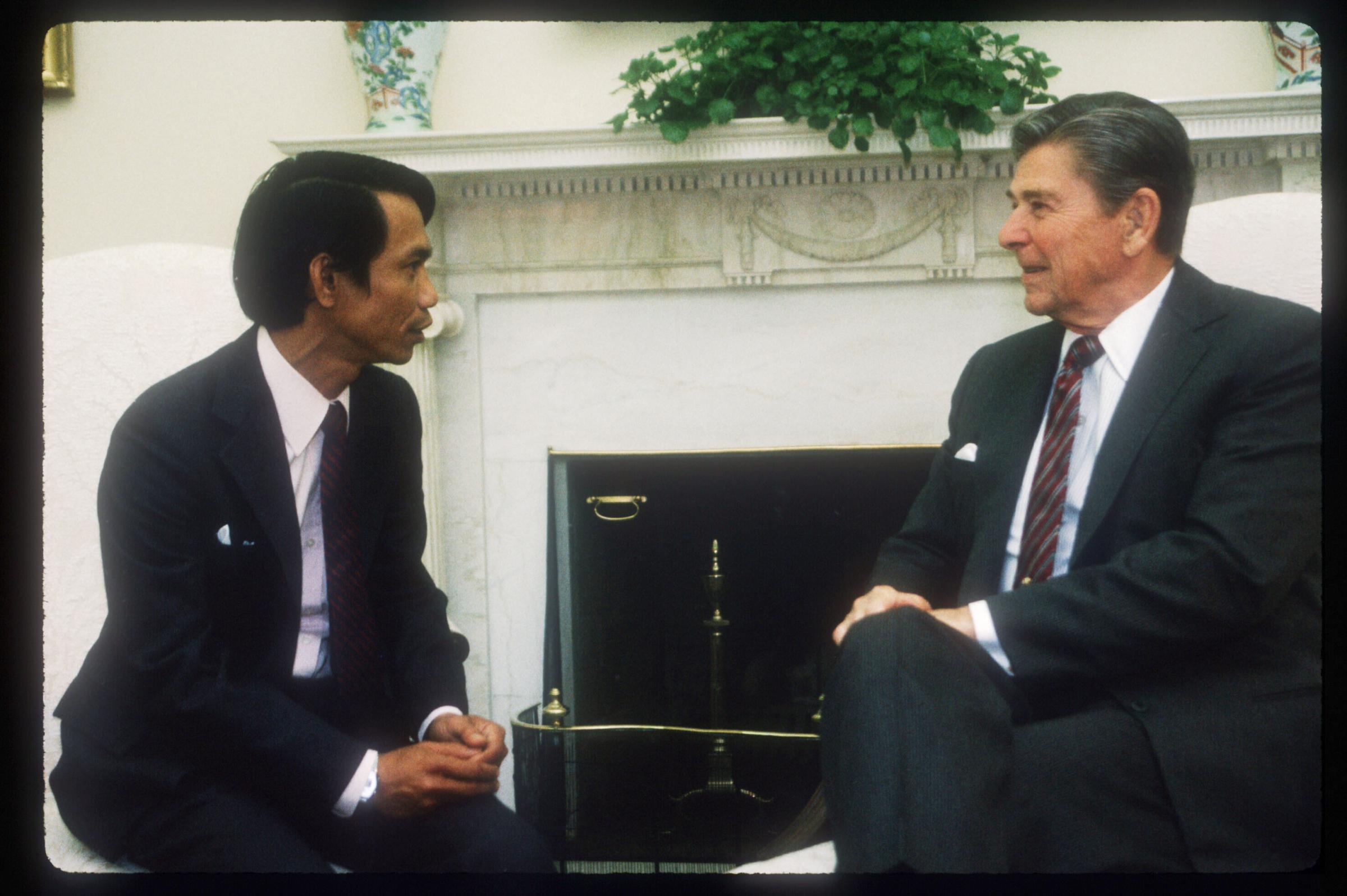
Dith Pran, a Pulitzer Prize-winning photojournalist and Cambodian refugee, is known for documenting the bloody Cambodian Civil War as a fixer, translator and photographer working with New York Times Southeast Asia correspondent Sydney Schanberg. Following the fall of Phnom Penh in 1975, Schanberg fled the country while Dith was captured by the Khmer Rouge regime and sent to the countryside alongside hundreds of thousands of other Cambodians. He faced forced labor and starvation as a part of the “Year Zero” policy that, along with the systematic killing of “enemies” of the regime, resulted in the deaths of 1.7 million Cambodians, according to the UN.
Born in 1942 in Siem Reap, Cambodia, Dith taught himself English and worked as a translator for United States Military Assistance Command. In the early 1970s, he began interpreting for foreign journalists and trained himself in photojournalism. As the Khmer Rouge closed in on Phnom Penn, Schanberg arranged for Dith’s wife and children to be evacuated, while Dith himself insisted on staying in the country with Schanberg to continue reporting. At one point, he saved the Times journalist’s life, talking a group of solders out of executing them after they were captured.
“Most of the soldiers are teenagers,” Mr. Schanberg had written in his last dispatch for the New York Times. “They are universally grim, robotlike, brutal. Weapons drip from them like fruit from trees — grenades, pistols, rifles, rockets.”
After four and a half years in captivity, Pran was released when the Khmer Rouge was toppled by invading Vietnamese forces. Suspecting that his ties to Americans might be discovered, he escaped to the Thai border, where he was met by Schanberg. Pran later moved to New York and went on to become a photojournalist for the New York Times, gaining international recognition after the release of the film The Killing Fields. In the United States, Dith continued to speak out about the Cambodian genocide, becoming a vocal advocate for human rights. He died in 2008.
Gloria Estefan

Gloria Estefan, a seven-time Grammy-winning singer-songwriter and member of Miami Sound Machine, was born in Havana in 1957. Her father had been a Cuban soldier before the fall of the Batista regime and her family fled the country in 1959 when communist dictator Fidel Castro took power. Her father was subsequently captured and eventually returned to the U.S. following the botched Bay of Pigs invasion.
In the mid-1970s, Estefan joined the band the Miami Sound Machine, eventually marrying keyboardist Emilio Estefan. The band slowly gained traction, first garnering success in Spanish-speaking countries before releasing their first English album Eyes of Innocence in 1984, which became a pop hit. The band followed with a string of hits, as she rose to superstardom. In 1990, the band’s bus crashed in the Pocono mountains, and Estefan sustained a broken vertebra in her back. Despite a grim prognosis, she eventually recovered, continuing to release music and work on other projects, including a 2015 Broadway musical called “On Your Feet.”
Estefan and her husband were awarded the Presidential Medal of Freedom in 2015 for their musical work and contributions to Latin American culture.
Sidney Hillman
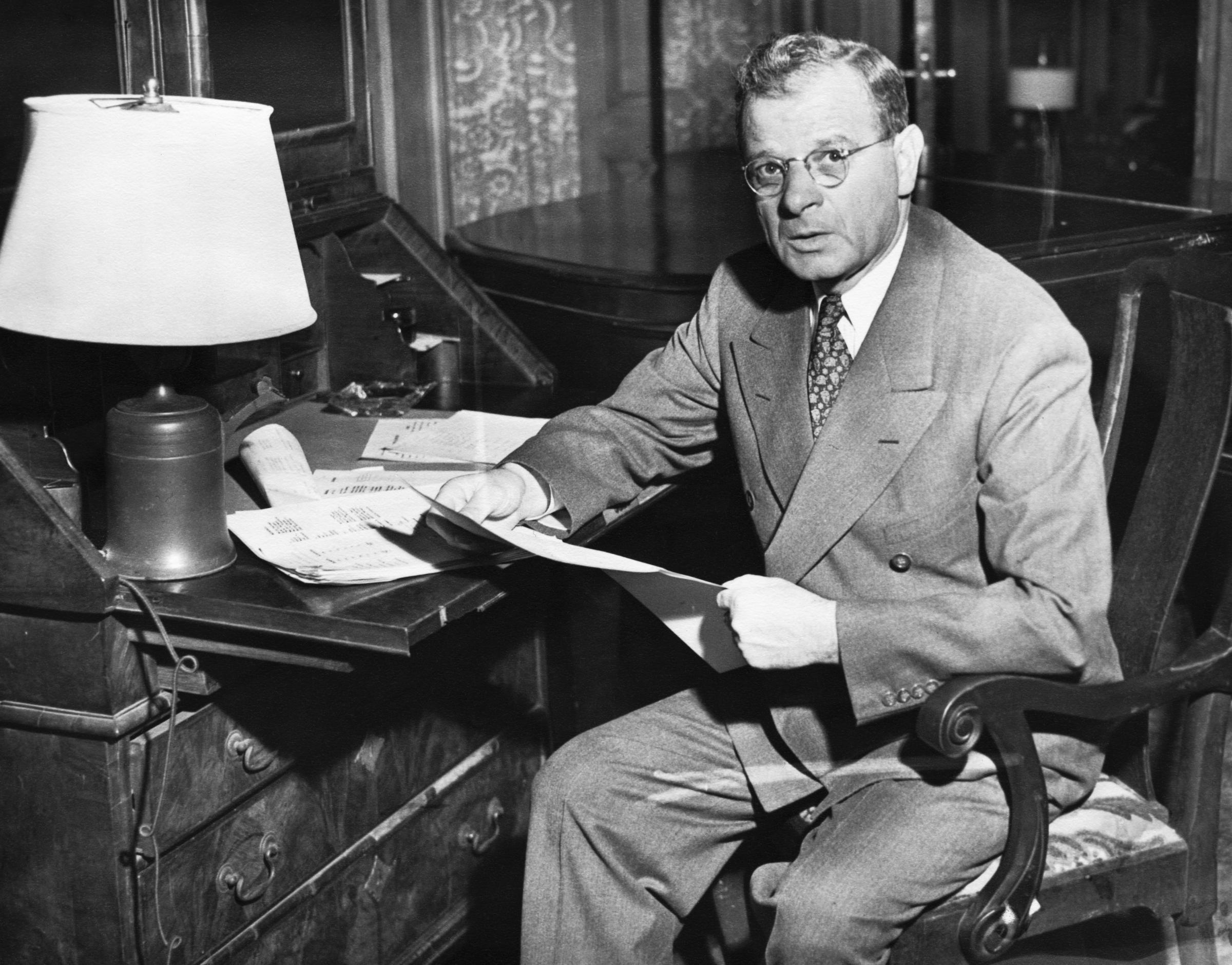
Sidney Hillman, a New Deal politician, advisor to Franklin D. Roosevelt and influential labor leader, was born in Zagare, Lithuania, in 1887. Hillman was Jewish, and he was sent to rabbinical school before leaving and starting an illegal trade union. He was arrested for anti-czarist political activity and fled to England and then the United States after his release.
Settling in Chicago, Hillman became a garment worker, enduring harsh working conditions and helping to organize strikes before establishing himself as a labor leader. He was made president of the Amalgamated Clothing Workers of America in 1914, which, under Hillman’s leadership, became one of the most important garment workers unions in the country, eventually reaching nearly 400,000 members, according to the New York Times.
During the Great Depression, Hillman became involved in politics. He was appointed to the Labor Advisory Board of the National Recovery Administration in 1933 and became part of the National Industrial Recovery Board in 1934. In 1936, Hillman founded the socialist American Labor Party.
During the Second World War, FDR appointed Hillman to the National Defense Advisory Committee and named him associate director of the Office of Production Management. He continued to be involved in labor and politics until his death in 1946. The Sidney Hillman Prize for investigative journalism continues to be given each year in his name.
Henry Kissinger
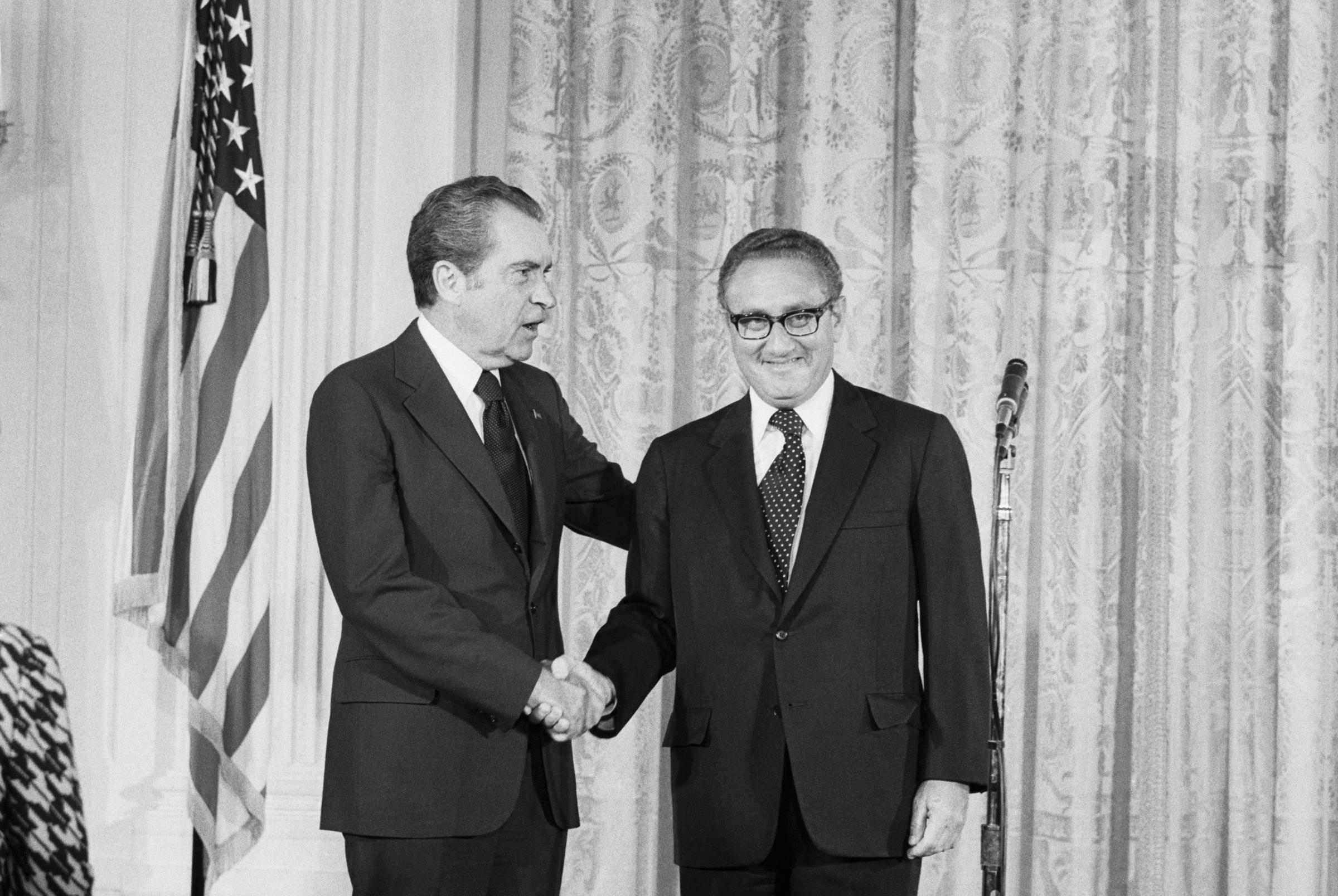
Henry Kissinger, who served as the Secretary of State during the Nixon Administration and became one of the most important (albeit most controversial) statesmen in contemporary American history, was born in 1923 in Fürth, Germany. Kissinger and his family fled the Nazi regime in 1938 and settled in New York. Kissinger enrolled in high school and learned English while also working in a factory to help support his family. In 1943, Kissinger became a naturalized American citizen and served in WWII, first as an infantryman, then as an intelligence officer.
After the war, Kissinger was admitted to Harvard University where he studied history and graduated summa cum laude before pursuing a Ph.D in government and eventually joining the Harvard faculty. He later served as a special advisor to two presidents — John F. Kennedy and Lyndon B. Johnson — before being appointed as national security advisor by President Richard Nixon in 1969. He later served as Secretary of State from 1973 to 1977.
During the Vietnam War, Kissinger pursued a controversial policy of “peace with honor,” withdrawing troops and offering diplomatic overtures while also undertaking a massive bombing campaign of North Vietnam. He received a Nobel Peace Prize in 1973 for his negotiations to end direct American involvement in the conflict.
Kissinger also helped lay the groundwork for the normalizing of American relations with China and pursued diplomatic efforts to ease tensions with the Soviet Union. He continued to help direct American foreign policy after the end of his appointment as secretary of state, serving under the Regan and George H. W. Bush administrations. Today, Kissinger is widely regarded as one of the most influential American statesmen of the last half century.
He continues to weigh in U.S. foreign policy, including the Trump Administration’s relationship with Russia, and recently contributed to the 2017 Time 100.
More Must-Reads from TIME
- Why Biden Dropped Out
- Ukraine’s Plan to Survive Trump
- The Rise of a New Kind of Parenting Guru
- The Chaos and Commotion of the RNC in Photos
- Why We All Have a Stake in Twisters’ Success
- 8 Eating Habits That Actually Improve Your Sleep
- Welcome to the Noah Lyles Olympics
- Get Our Paris Olympics Newsletter in Your Inbox
Write to Alejandro de la Garza at alejandro.delagarza@time.com